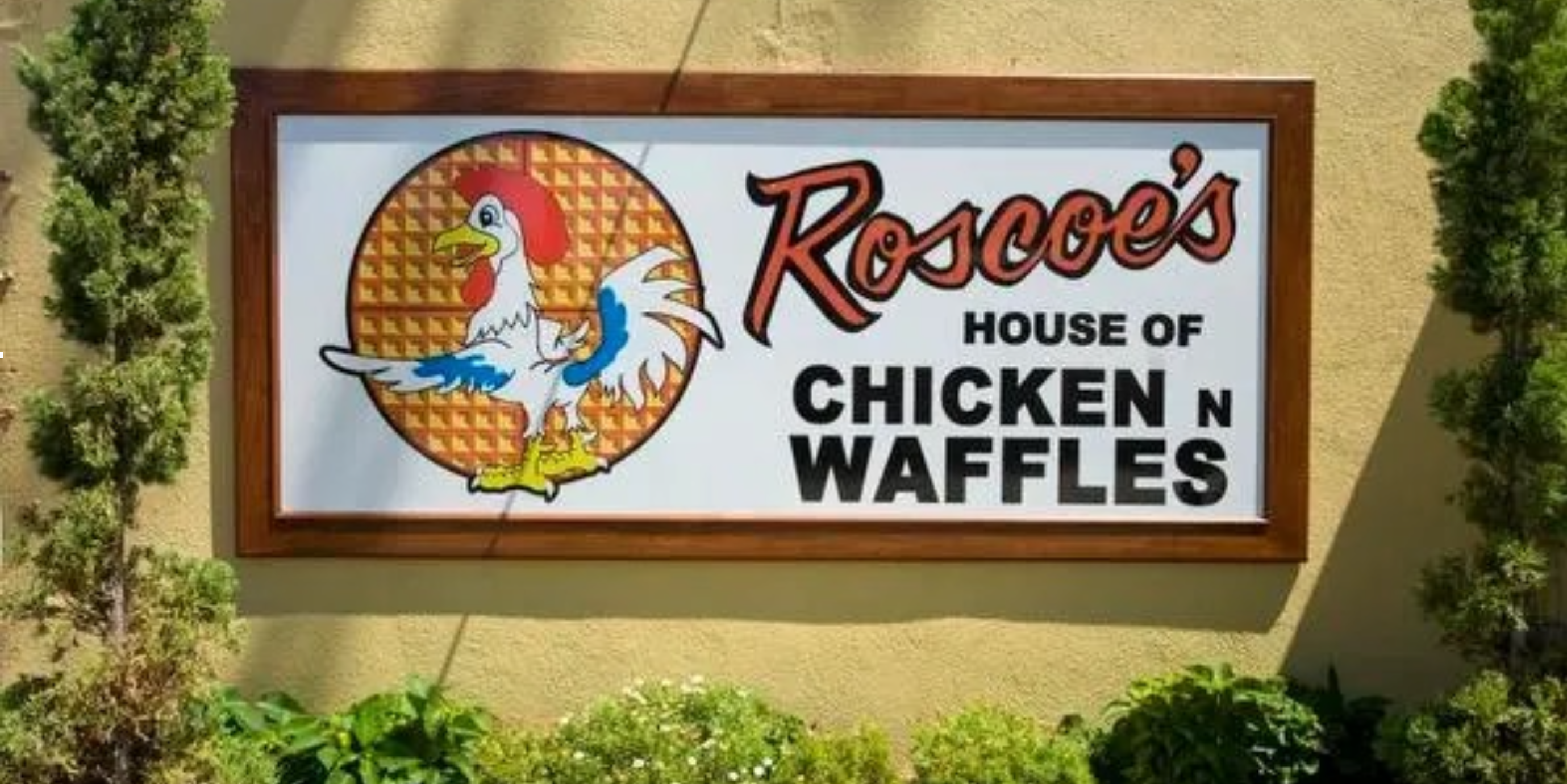
Chicken & Waffles from Harlem to Hollywood
Chicken and Waffles are a crispy golden love story rooted in Black American culinary history. Sweet and savory, crisp and tender—this beloved pairing is more than just comfort food. It's a cultural touchstone, a story told on the plate, where history, migration, and innovation meet.
From Harlem Nights to Hollywood Mornings
The modern popularity of chicken and waffles owes much to Harlem in the 1930s. Jazz musicians keeping late night hours spilled out of clubs like the Cotton Club and Wells Supper Club in the wee hours looking for a post-performance meal that satisfied cravings for both dinner and breakfast. Fried chicken was already a fixture of Black Southern cuisine, while waffles were a holdover from earlier traditions—both African American and European American. Brought together, they created something unforgettable.
Wells Supper Club is often cited as one of the first places to serve chicken and waffles as a signature dish, offering it as a "compromise" for entertainers and patrons coming in from late gigs. It was hearty enough to close the night and comforting enough to greet the morning.
California Dreamin’ with Roscoe's and Brown Sugar Kitchen
Fast-forward to 1975: Roscoe’s House of Chicken and Waffles opened its doors in Los Angeles, founded by Harlem native Herb Hudson. With support from friends in the entertainment industry, Roscoe’s quickly became a West Coast icon. The restaurant drew a loyal following from locals and visiting celebrities alike—its influence helping chicken and waffles break out of its niche and into mainstream dining.
Thirty-three years later, in 2008, Brown Sugar Kitchen in West Oakland brought a new dimension to the story, which is where Donald and I first enjoyed the now classic pairing. Chef Tanya Holland elevated soul food with a refined French school twist, and earned national recognition in the process. Her cornmeal waffles and buttermilk fried chicken honored tradition while making space for innovation, bridging past and present in each plate.


served with a buttery Apple Cider Syrup as seen on Instagram @brownsugarkitchen
A Dish that Speaks of Place and People
Chicken and waffles tells the story of Black creativity and resilience. It’s a dish born of improvisation and resourcefulness in the Jazz age, reflective of a community that made the most of what was available and turned it into something extraordinary.
As it spread across the U.S., it became a canvas for regional expression—served with hot sauce or honey, maple syrup or spiced gravy. From Sunday brunch menus to food trucks, its appeal remains broad, yet its origins remain deeply rooted in Black American foodways.
Why It Still Matters
At American Olive Farmer, we believe that food is a way of honoring stories—of tracing roots while celebrating where we are today. Whether you’re pan frying a bird from a family recipe or exploring new flavors with artisanal syrups and oils, know that when you make chicken and waffles, you’re part of something bigger. You're continuing a tradition that’s fed families and futures.
Donald has made Chef Holland's recipes as written, and also experimented with different flours and inclusions like chopped greens and the cheddar topping you've read about on our Savory Waffles post. He even has a chickpea flour version for a higher protein / lower glycemic option. [Let me know if you'd like the recipe.] Regardless of the style, we're able to use our olive oil liberally in both the batters and for shallow frying confident that all of the nutrition of fresh EVOO finds its way into the food.
So go ahead—heat the skillet, pour the batter, and make room for something sweet and savory on your plate. Chicken and waffles isn’t just a meal, it’s a memory of food innovators, a way to celebrate Black American cuisine, and your answer to breakfast for dinner.

Dickie Wells, 1930s Harlem Supper Club Impresario
Musical Side Note: Two Men, One Name
By the way, as I was reading investigating the "origin story" for chicken and waffles I came across two different Harlem Jazz Era men with similar names. At first I thought they were the same fellow, however, the Harlem club owner named Dickie behind Wells Supper Club was not the same person as jazz trombonist Dicky Wells of the Count Basie Orchestra. While both were part of Harlem’s cultural fabric during the jazz age, they were distinct individuals—one a socialite and entrepreneur, the other a celebrated swing-era musician. Now you know!

Trombonist Dicky Wells, part of the Count Basie Orchestra
Another Musical Side Note: Chicken and Waffles 1937
While we're on the topic of music, I found this 1937 recording called "Chicken and Waffles" on YouTube. It made for a fun soundtrack as I typed this essay! Enjoy!






